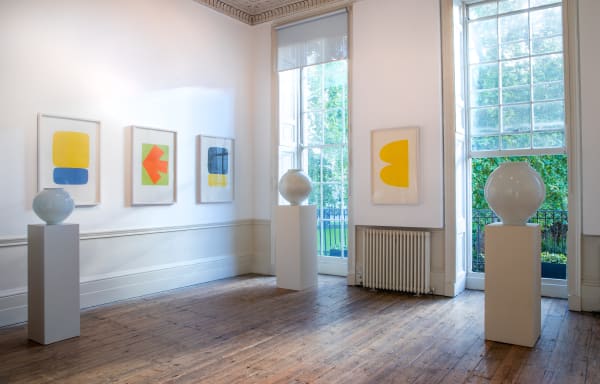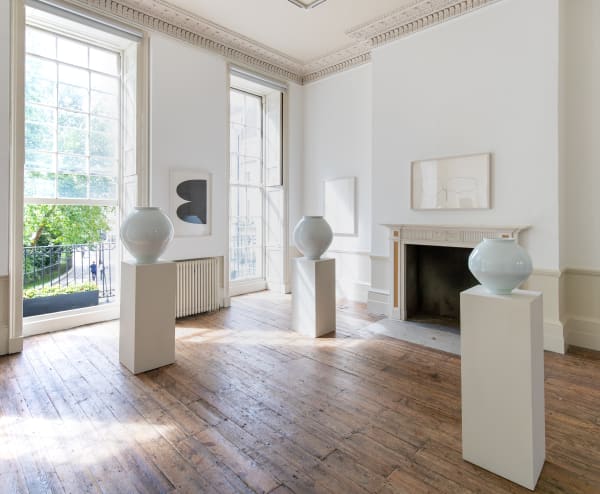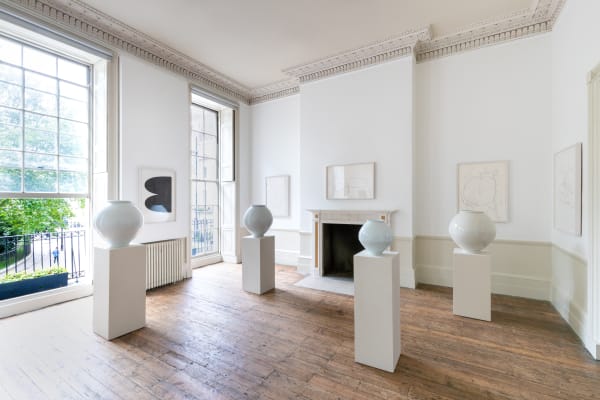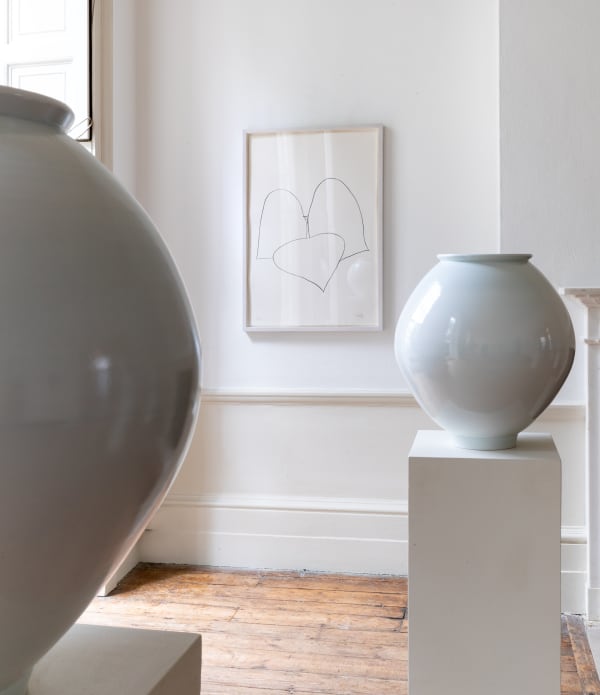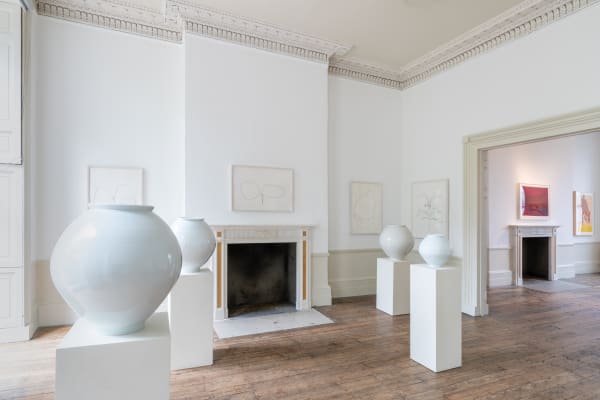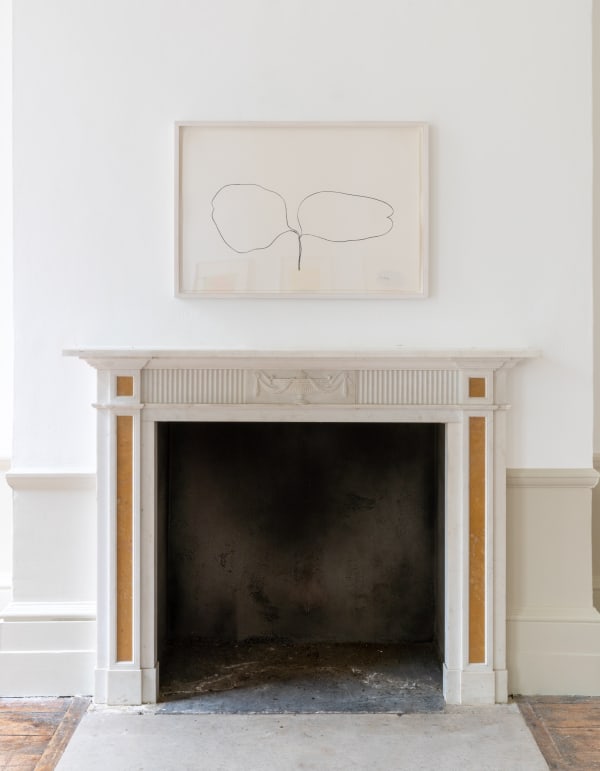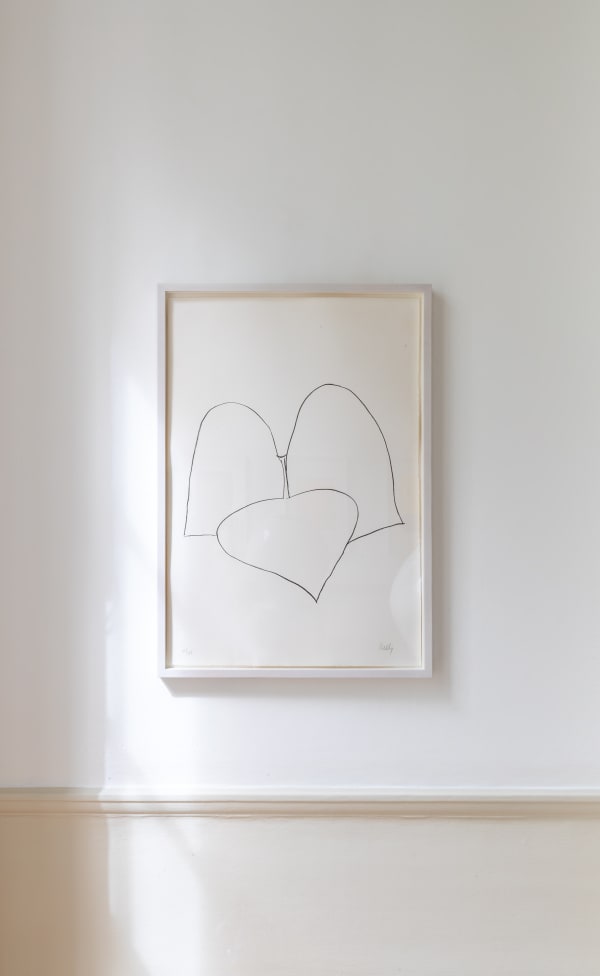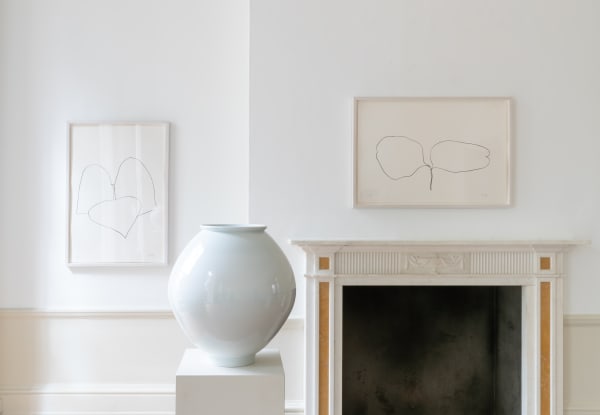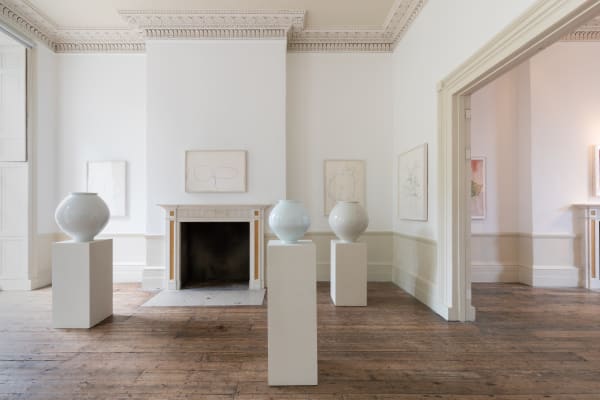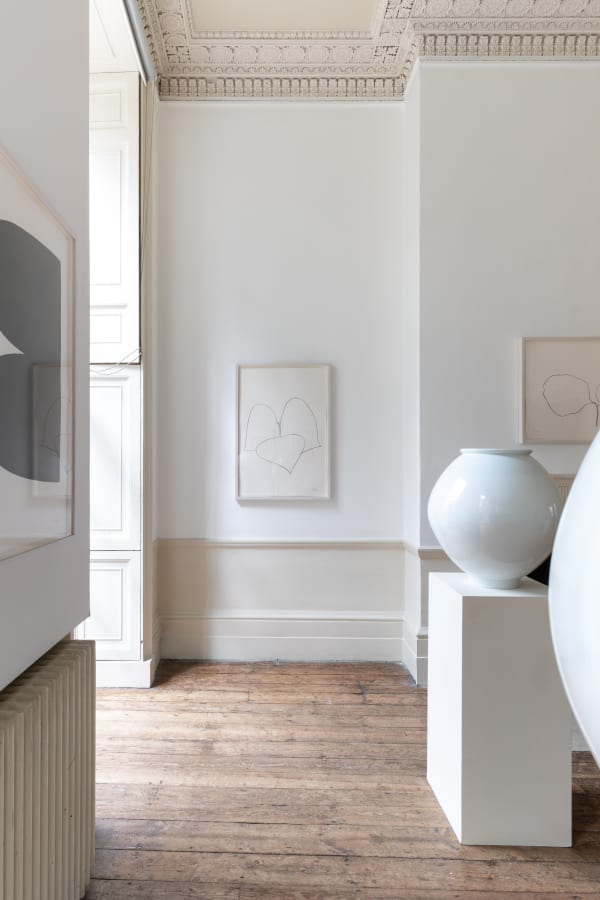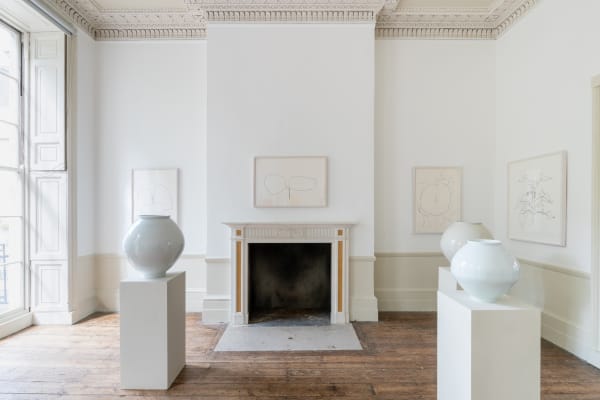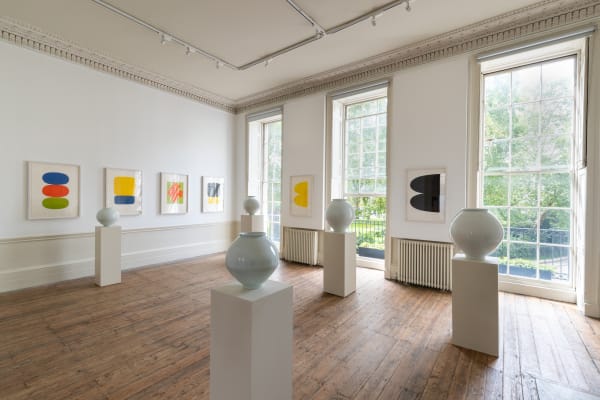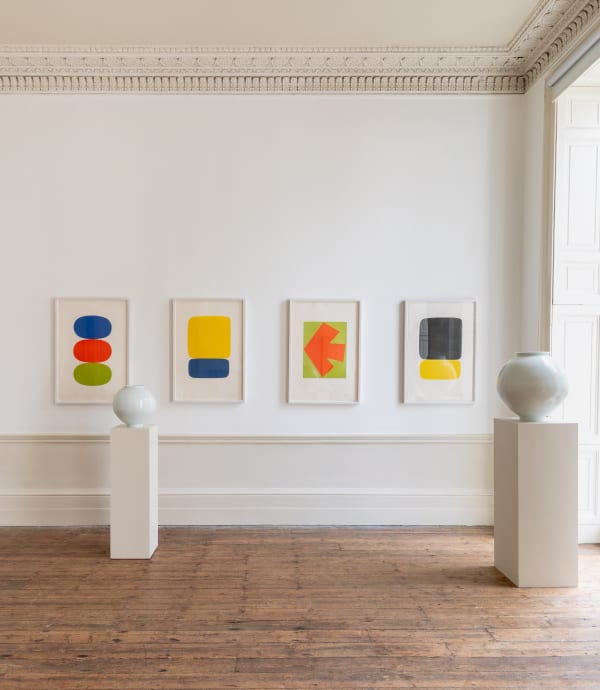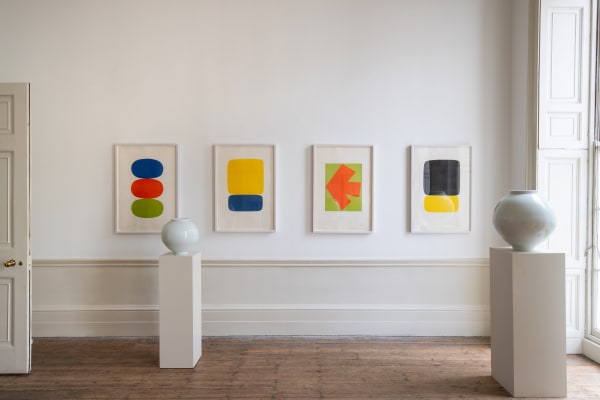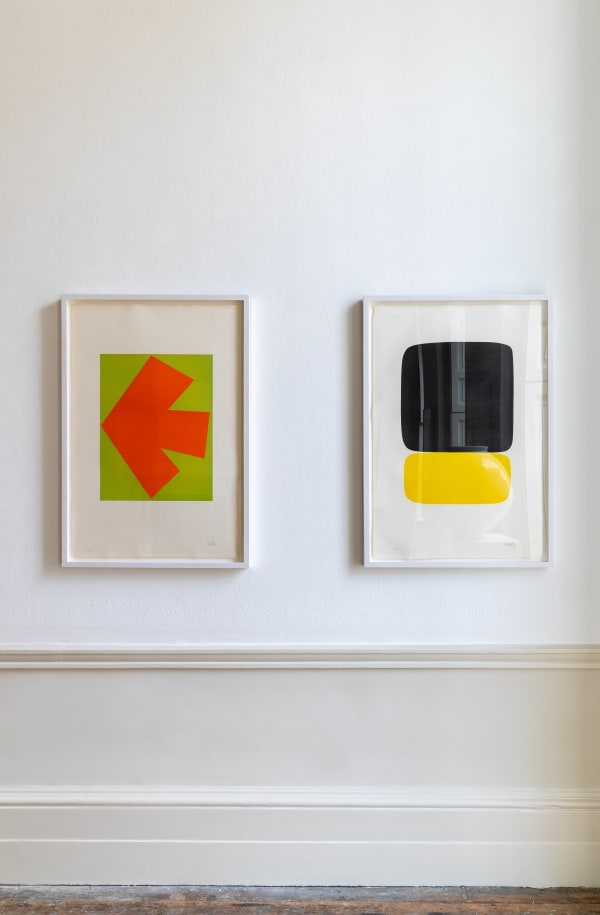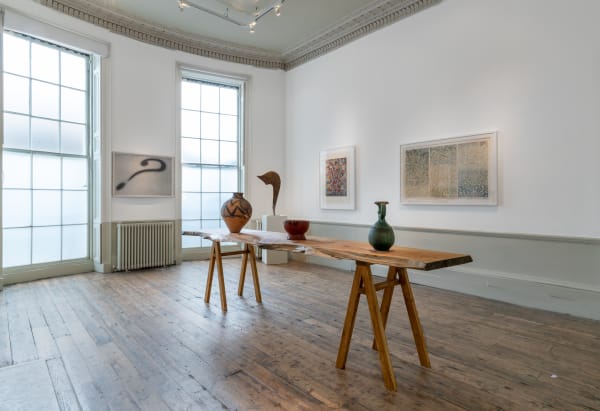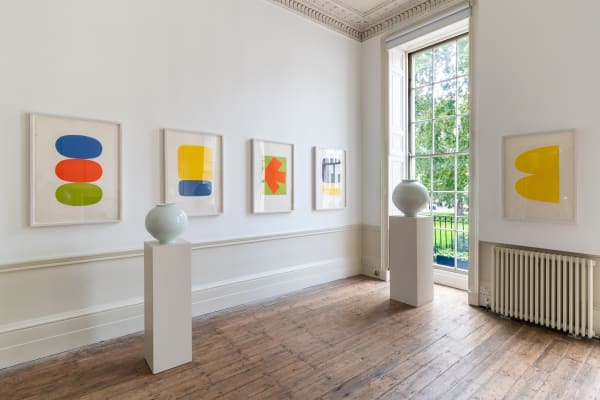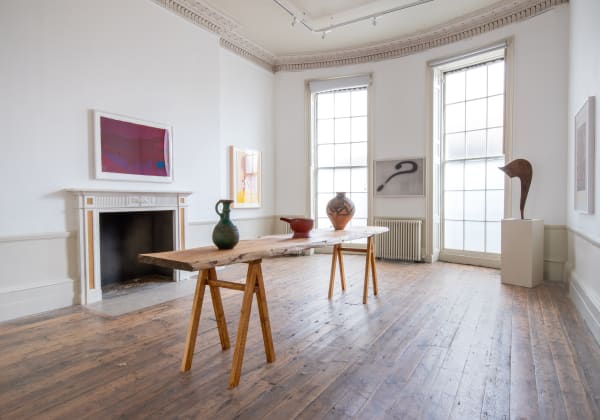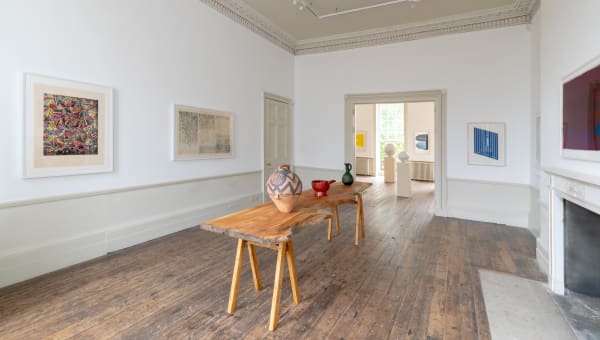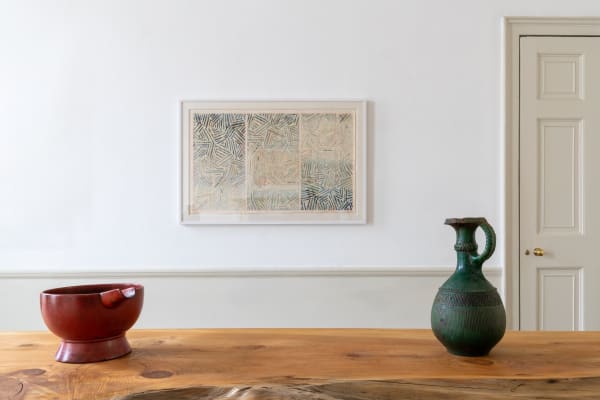With Frieze Masters 2020 now virtual, a collaborative stand presenting Ellsworth Kelly alongside the Korean Moon Jars that he so admired has broadened into a dialogue between 20th century graphic work and objects from the third millennium BC to today.
Following the cancellation of the fair in its physical form, this joint presentation will take place virtually. A fortuitous consequence is that the galleries are no longer limited to the footprint of a booth, enabling them to think laterally and create a wider conversation between important 20th-century American prints and three-dimensional pieces. Their show has now broadened to display a range of objects, including an example of Neolithic Chinese pottery, a 17th-18th century ceramic Moroccan jug and a wooden Minianka sceptre from Mali, dating from the early 20th century. Many of these objects come from the private collection of the legendary London gallerist John Kasmin, who showed many of the American artists in his pioneering 1960’s gallery. In addition to Kelly’s lithographs from the early 1960s, important abstract American post-war graphic work by Helen Frankenthaler, Jasper Johns and Donald Judd will be shown alongside these pieces.
All of these artists made work that is considered abstract but which also connects to the physical world. The presentation originated in the gallerists’ shared interest in Kelly’s admiration for Korean ceramics, in particular the iconic Moon Jars. The show now includes Frankenthaler’s prints, with their textured, complex surfaces that have a weight and feel that belies the two-dimensional piece of paper from which they are made. Her titles often reference the real world. The physical richness and layering in her woodcuts speaks to the textured and glazed surfaces of the surrounding objects. Renowned as a sculptor, Judd translated his career-long pursuit of how art can be made in three dimensions into his printmaking. The woodcuts explore perspective, depth, the space around us and the space we inhabit. There is a strong sensory element to the work of Jasper Johns – visual, aural and tactile. As Lyndsey Ingram comments: “These objects, though seemingly disparate, clearly share a deep aesthetic sensibility. The resulting combinations are unexpected, elegant, and exciting.”
As a result of the fair’s changed circumstances, both galleries have worked to build a beautiful online presentation. The artworks have been photographed together in Hoare’s gallery, in a Georgian townhouse designed by Robert Adam, so that their formal and aesthetic relationships can be enjoyed remotely. A short film has been commissioned to better show the dynamic relationships between the works.
This collaboration arose out of a conversation between Lyndsey Ingram and Tristan Hoare about Ellsworth Kelly’s interest in Korean Moon Jars. Although Kelly and Yikyung come from different traditions and nationalities, their shared commitment to formal simplicity is closely aligned. As Ingram states: ‘By showing their work together for the first time, we aim to explore this powerful minimalist dialogue.’
Yikyung (b. 1935), widely regarded as the 'Mother of Korean ceramics', studied in New York under Bernard Leach and was crucial in re-invigorating the Korean ceramic tradition in the 20th century. Kelly, a seminal figure in post-war American art, was deeply influenced by Korean ceramics, whose elegant and restrained forms were closely connected with his
own minimalist aesthetic.
In the early 1960s, Kelly produced several lithographs of boldly coloured abstract shapes and monochrome botanical subjects, depicted in lean, sweeping lines. The joint exhibition presents these important early lithographs, together with other select examples of his work, alongside classic examples of Yikyung’s moon jars, known for their simplicity, balance and proportion.
The asymmetrical shape of the moon jar is unique to Korea and dates back to the 17th century. The upper and lower parts are produced separately and joined in the middle, forming a rounded shape which is never perfect and gives each vessel a distinctive character. The Korean moon jar glazed in white representing Confucian ideals of frugality and purity has become a defining symbol of Korean art. Indeed a cauldron in the shape of a moon jar housed the flame at the Pyeonchang Winter Olympics in 2018.
Text by Sarah Greenberg at Evergreen Arts.


